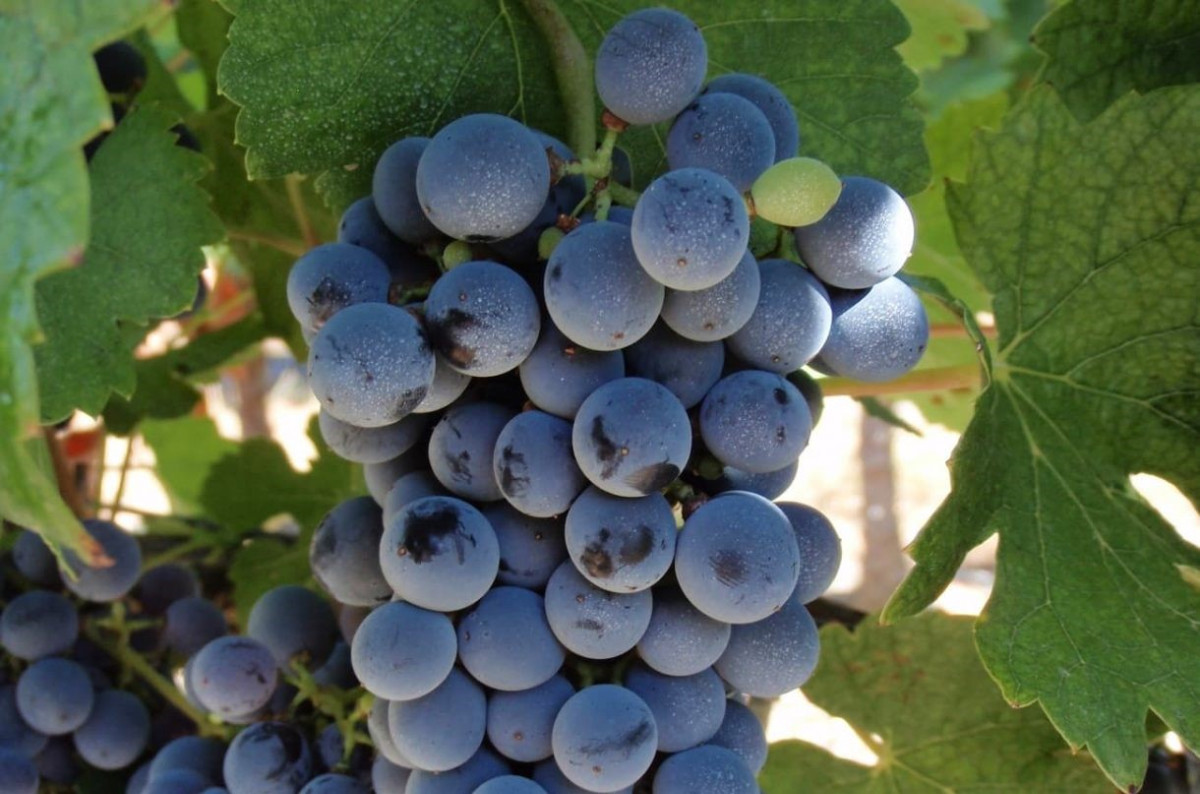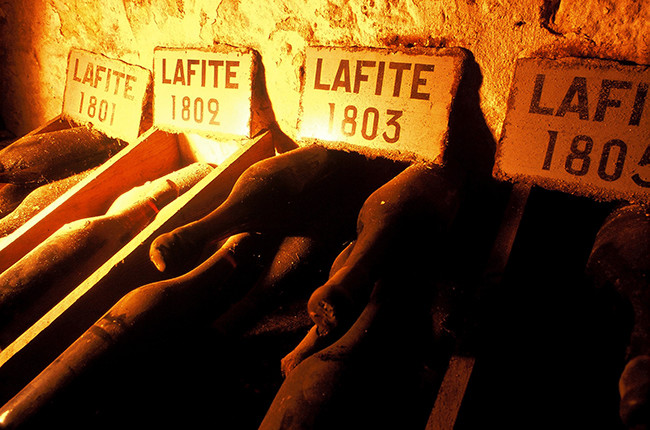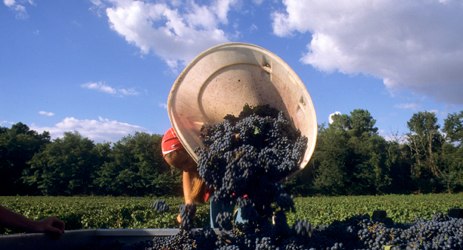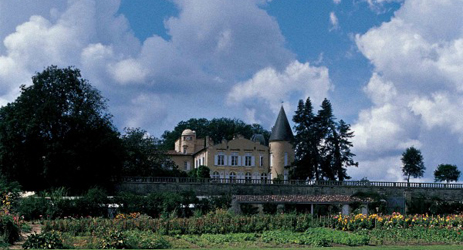In both 2011 and 2012 Decanter World Wine Awards, Chinese wines have achieved international trophies under the category of “Red Bordeaux Varietal”, meaning the wine is made of a grape variety most commonly seen in Bordeaux. So what are the key Bordeaux grape varieties?

Winegrowers in Bordeaux normally grow multiple varieties rather than a single variety. But in general, fewer than five red grapes and three white grapes are chosen to make wines in Bordeaux:
Cabernet Sauvignon
As the classic red grape variety in Bordeaux, CABERNET SAUVIGNON covers a wide spectrum of aromas and flavours. It tends towards herbaceousness when not fully ripe with capsicum and grassy undertones, but as it ripens it tends towards the flavour of blackcurrant and, when very concentrated, cassis. In California and Chilean cabernet, you can often spot mint or eucalyptus. Its affinity with oak lends secondary characters with a range of vanilla, cedar, sandalwood, tobacco, coffee, musk and spicy notes.
Cabernet Franc
Mainly grown in Saint-Emilion, CABERNET FRANC, the distant relative of CABERNET SAUVIGNON, can produce deliciously perfumed, supple, raspberry and blackcurrant-infused red wines in Bordeaux, while further north in the cooler regions of the Loire Valley and in north-eastern Italy, it produces a wine which tends to become more herbaceous in style. It is often described as having the aroma of pencil shavings.
Merlot
MERLOT's soft texture helps to give it a deliciously plummy, almost fruitcake-like flavour and a mellow smoothness which makes it more approachable than its sister grape, the CABERNET SAUVIGNON. Like cabernet, it can be a little grassy and bell-pepper-like from cool climate regions and it develops blackcurrant, blackberry, blueberry, chocolate and spice-like characters when fully ripe. Chilean MERLOT often produces juicy reds with blackcurrant pastille flavours.
Malbec
Harsh and rustic in its homeland of south-west France, the MALBEC grape is often improved in Cahors by the addition of the softening MERLOT grape. It really comes into its own however in Argentina, where it becomes altogether smoother and lusher with all sorts of plummy, red berry and earthy fruit flavours like raspberry, mulberry and blackberry allied to tar, leather and game-like characters.
Petit Verdot
This high quality Bordeaux variety deserves to be better known as well as more popular but it doesn't always get ripe, especially in marginal climates. It is thick-skinned and produces richly concentrated, intense red wines which are usually added in small proportions to Médoc reds to add tannin and colour.
Semillon
SEMILLON varies in character considerably according to its region of origin. It is the most widely planted white grape in Bordeaux. Normally blends with sauvignon, it can be citrusy with a lanoline-textured, waxy, honeyed richness, while Hunter Valley semillon famously develops lime and buttered toast flavours with age, in contrast to the more pungently grass and asparagus-like characteristics associated with cooler climates. Made as a sweet wine, it makes some of the world's most lusciously sweet, exotically marmaladey whites.
Sauvignon Blanc
SAUVIGNON BLANC is at its most fragrant and fresh in the cooler climate of the Loire Valley where cut-grass, nettles, elderflower, blackcurrant leaf and gooseberries are the key flavours with minerally, zesty, flinty undertones. But in Bordeaux blends, the acidity of Sauvignon Blanc is mainly used to counter the potential flabbiness of Semillon to produce balanced white wines, especially sweet whites.
Muscadelle
A grapey variety used to add some youthfulness and acidity to sweet wines.
All rights reserved by Future plc. No part of this publication may be reproduced, distributed or transmitted in any form or by any means without the prior written permission of Decanter.
Only Official Media Partners (see About us) of DecanterChina.com may republish part of the content from the site without prior permission under strict Terms & Conditions. Contact china@decanter.com to learn about how to become an Official Media Partner of DecanterChina.com.











Comments
Submit